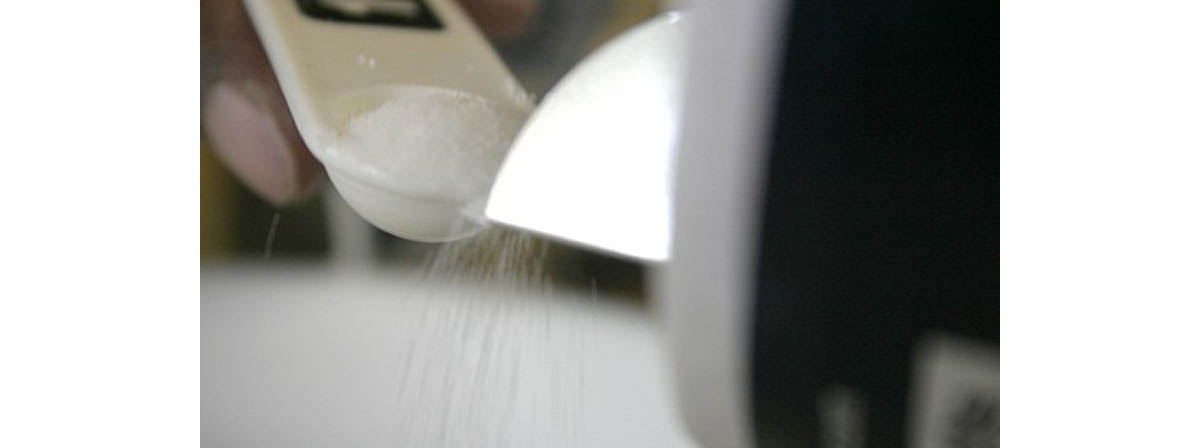Table of Contents
Most of us consume more sodium than what is prescribed for a healthy diet. In the US alone, more than 800,000 people die every year because of cardiovascular diseases. Most of the sodium in our diet comes from processed foods and foods that are prepared in restaurants. The major sources of sodium in our diet are listed below:

- Breads and rolls: Breads and rolls comprise almost 7.2% of the total sodium intake in our daily diets.
- Cold cuts and cured meats: About 5.5% of our daily sodium intake comes from cold cuts and cured meats.
- Pizza: Pizzas are also a major source of sodium in our diet.
- Poultry: Poultry comprises about 4.5% of the total sodium intake for an adult.
- Soups: Soups are also a major source of sodium in our diets. They comprise about 4.2% of the sodium intake in an adult.
- Sandwiches: Sandwiches are one of the biggest salt offenders and comprise about 4.5% of the total sodium intake of an adult.
- Cheese: Cheese is also high on sodium and you need to limit your daily consumption of cheese.
Other major sources of sodium in our diet include pasta mixed dishes, meat mixed dishes, and savory snacks, chips, popcorn, puffs, and pretzels. An interesting fact to consider is that almost 65% of the sodium that we consume comes from packaged food that we buy from retail stores. Therefore, you must look for lower sodium content options while making all your purchases.
Hazards of Consuming too much Salt
Consuming too much salt can cause high blood pressure, heart disease, stroke, and heart failure. A number of studies suggest that blood pressure increases with an increase in the salt intake in our diets. Studies have also proved that lowering salt consumption can help in curbing the prevalence of cardiovascular diseases and death rates over a period of time.
Various studies have also shown that a higher intake of salty foods has a correlation with an increase in stomach cancer. The American Institute for Cancer Research has found that salt can cause stomach cancer.
Salt rich diet can also lead to osteoporosis. Higher amounts of sodium in our diet can cause flushing out of calcium from our body. Lowering sodium levels can help in preventing bone loss.
Strategies for Cutting Down on Salt Intake
You can adopt the following strategies to cut down on your salt intake, without making your food tasteless or bland:
- Cut down on your portions: It is a widely accepted fact that the more calories your food has, the more amount of sodium it has. Therefore, try to cut down on your portions and you will observe that you can end up scaling down on your sodium intake. Try to skip the supersize helpings and share your dishes while dining out.
- Increase on your intake of fruits and vegetables: Try to fill at least half of your plate with fresh fruits and vegetables. This will not only boost your potassium levels but will also help in curbing the craving for sodium.
- Opt for fresh foods: Given a choice, you must try to opt for unprocessed or minimally processed foods. This will give you the option of deciding the quantity of sodium you want to add to your food.
- Try to get used to low salt foods: You must make efforts to gradually train your taste buds to savor low salt foods. If you try to cut down on your salt intake drastically, you will find the food less appealing and unappetizing. Therefore, you must try to lower the salt intake gradually and consistently.
- “Surveys of the salt content in UK bread: progress made and further reductions possible”, by Graham A MacGregor, et al. Published in the May 2013 issue of the BMJ Open, accessed on July 15, 2013
- “Strategies to Reduce Sodium Intake in the United States”, by Jane E. Henney, et al. Published in the April 2010 issue of the Institute of Medicine of the National Academies, accessed on July 15, 2013.
- Photo courtesy of Yersinia pestis by Flickr : www.flickr.com/photos/yersinia/150342522/
- Photo courtesy of Melissa Wiese by Flickr : www.flickr.com/photos/42dreams/2452868924/


Your thoughts on this